Any other vehicle can merely beat the popularity of the all-terrain Honda Rancher. Mostly known for its durability and versatility, it’s a great vehicle for exploring your outdoors.
However, it’s not free of issues too! Like any other all-terrain vehicle, the Honda Rancher is comparatively better in performance and free of issues.
Inside the Rancher, a lot of sensors are used in the Honda Rancher to ensure optimal performance. One of these important sensors is the angle sensor (tilt sensor or incline sensor).
This angle sensor can sometimes malfunction. And when it happens, you should be prepared for it.
In our friendly guide today, we will learn more about the Honda Rancher Angle Sensor Symptoms. So that, you can resolve the issue beforehand and prevent any irreversible damage.
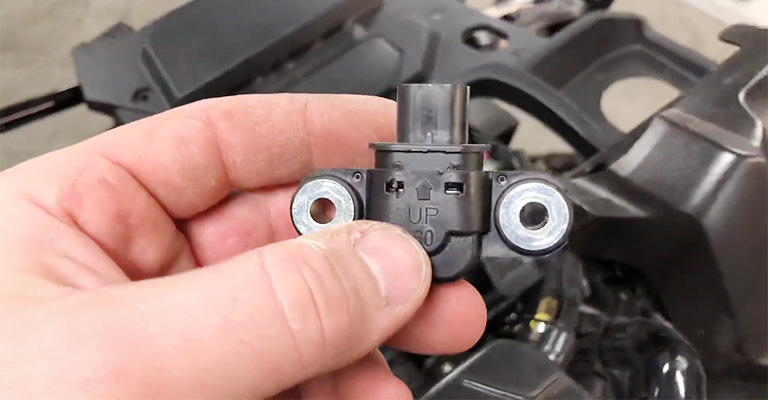
In Short, Honda Rancher Angle Sensor
The angle sensor is also called – the tilt sensor or incline sensor. Tied to the speed sensor, it is combined with one circuit board, a potentiometer, and a contact wiper.
The angle sensor is responsible for detecting the angle or inclination of the vehicle. It also makes essential adjustments to improve the engine’s stability and efficiency, using the engine control module (ECM).
Another important task the sensor performs is, it informs the ECM how fast the ATV (All-Terrain Vehicle) is moving using the potentiometer.
The ECM then optimizes the engine’s performance and improves the traction of the ATV for any uneven terrain.
Different factors can lead to the malfunction of this angle sensor. And when this happens, it can affect both the vehicle’s performance and the rider’s safety at some point.
Honda Rancher Angle Sensor Symptoms
You can fix the angle sensor before any serious issue takes place. Keep an eye out for certain symptoms and you can save your ATV from long-lasting damage.
The following symptoms are,
1) Engine Stalling
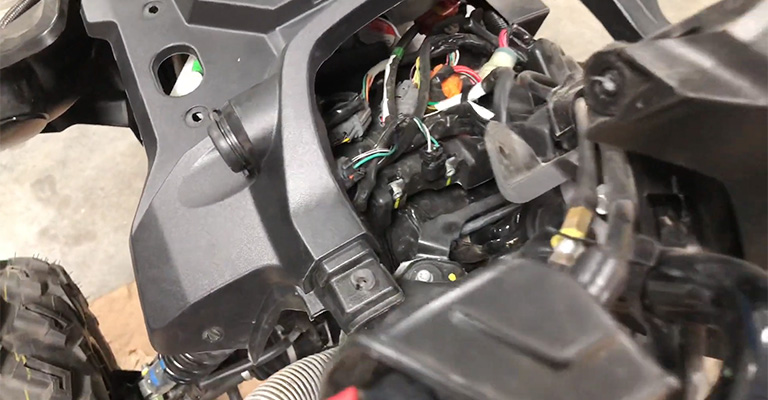
With a malfunction in the angle sensor, it can send inaccurate information to the ECM.
When this happens, the worst scenario is the engine may stall unexpectedly during the climbs or descents.
This sudden loss of power can create unsafe situations, especially when you are riding on uneven or difficult terrain.
2) Power Loss

Think about checking the power when the angle sensor of your rancher is not working properly.
Often on uneven terrains, the engine of the honda rancher may lose power. The ECM then, will fail to identify the engine’s performance, due to a lack of information about the angle.
This situation can affect the overall Rancher’s performance and may result in jerky movements. Thus, the ride may not be so comfortable for you.
3) Engine Hardly Starting
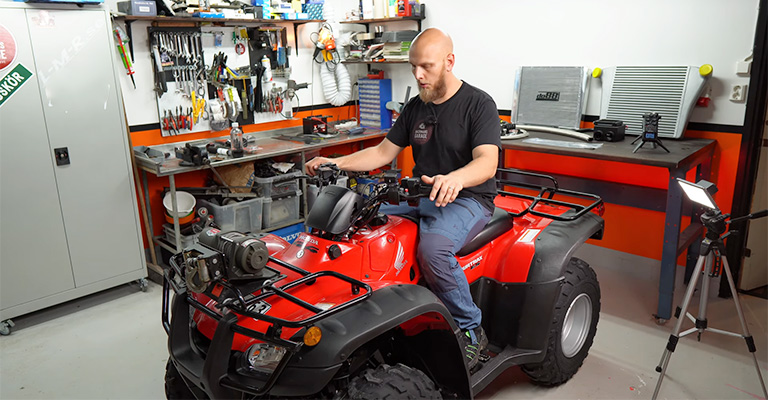
With a fault in the angle sensor, you will not be able to start your Honda Rancher right.
The sensor’s wrong/ fluctuating readings can prevent the engine from starting, or your ATV may struggle to start due to inaccurate angle data affecting fuel delivery.
So, the next time, when you find the engine difficult to start or not starting at all, don’t forget to check and re-assure the performance of the angle sensor.
4) Overheated Engine
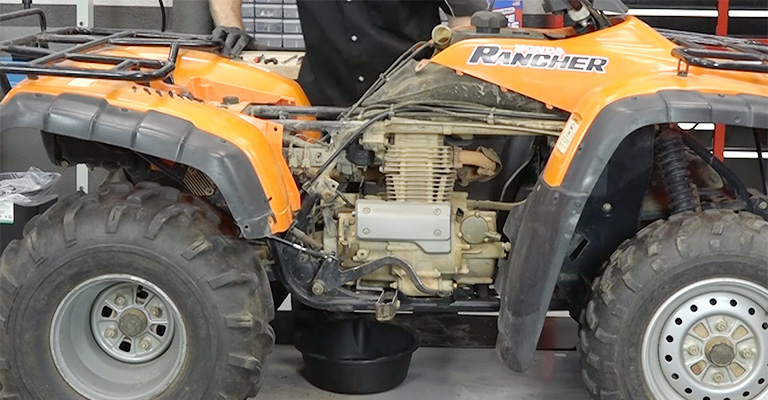
Your Honda Rancher’s engine may become overheated due to a faulty angle sensor. To run your ATV right and at full efficiency, it is important to receive the right angle information.
With misleading info, the engine will simply work harder to compensate for the loss and get overheated easily.
5) Unstable Performance

The angle sensor also stabilizes your Honda Rancher. With a malfunction in the angle sensor, you may experience reduced stability during turns, acceleration, and also braking.
A wobbly or unsteady ride is never worth enough more than a safe and secure ride. Thus, when you experience episodes like this, consider taking a look at the angle sensor and find out whether it needs a replacement or not.
6) Low Fuel Efficiency
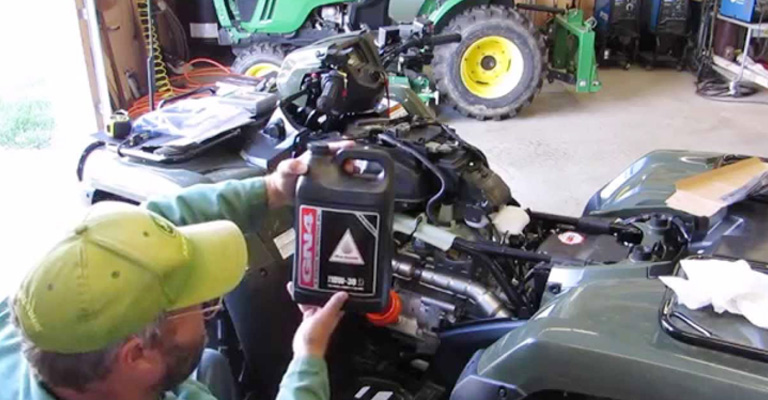
By no means, increased fuel efficiency is better for your ATV. Based on the uneven terrain, or distance covered, the use of fuel may increase.
But when the angle sensor is not working properly, your ATV engine will also not work as effectively as it should. And it will result in higher fuel consumption and poor performance.
So, next time when you see a sudden rise in fuel consumption, it might be the reason for a malfunction in the angle sensor.
7) Loss of Traction Control
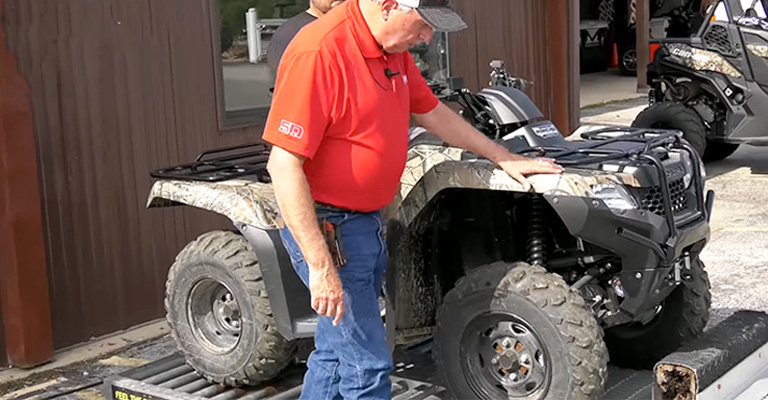
Some Honda Rancher models (such as FourTrax Rancher) come with traction control features. The features are responsible for establishing traction, especially when you are speeding up on slick ground or taking off from a stoppage.
The traction control features highly depend on the data received from the angle sensor.
Hence, when the angle sensor is malfunctioning, these features might not work usually, and compromise the ATV’s ability to maintain traction in any challenging condition.
8) Warning Light
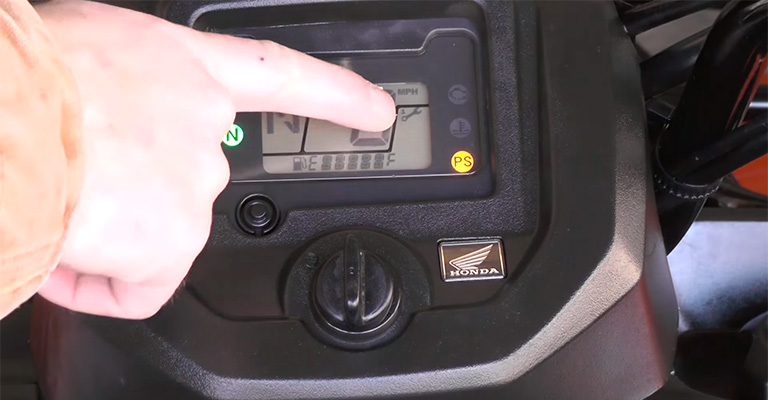
Modern Honda Rancher models have warning lights on the instrument panel. It illuminates instantly when the angle sensor detects a problem.
When the angle sensor is at fault, you may notice the ABS (Anti-Lock Braking System) or ESP (Electronic Stability Program) warning lights getting bright.
Several factors can be the reasons behind the malfunction of the angle sensor. The most common ones are,
- Mechanical Damage: Over time, wear and tear can affect the internal components of ATV sensors.
- Electrical Issues: Poor or faulty electrical connections can lead to wrong readings, or sometimes complete failure of the sensor.
- External Factors: Extreme environmental conditions, such as exposure to moisture, dirt, and dust, can influence the sensor’s performance slowly but gradually.
- Calibration Errors: A fault in the calibration system will deliver wrong information to the ECM.
- Faulty ECM: If the ECM itself has issues, it can not process the sensor’s data correctly. Although less common but not rare.
- Vibration and Shock: Long exposure to vibration and shock can lead to sensor failure.
Here are some of the reasons that may lead your honda rancher angle sensor to disaster.
Look for the symptoms we mentioned above. And, you can save your ATV early before any serious damage takes place.
Last Words
Is your Honda Rancher under stress? And the signs match the symptoms above? Then, it is definitely time to give your angle sensor a look.
Honda rancher angle sensor symptoms are not something you should ignore. You can prevent any serious damage before it takes place. What to do next after you have compiled the signs?
Keep an eye on our blog section for regular updates, tips, and troubleshooting for our automobile.

Leave a Reply